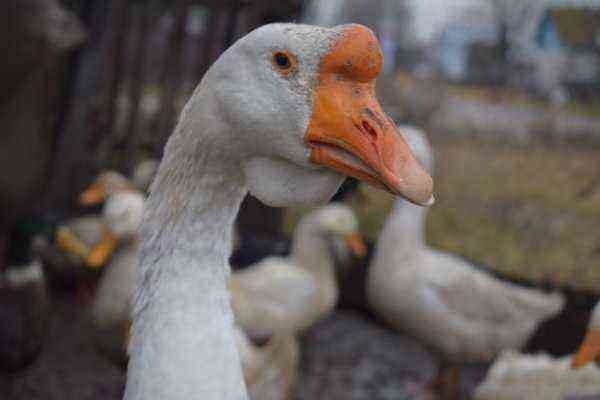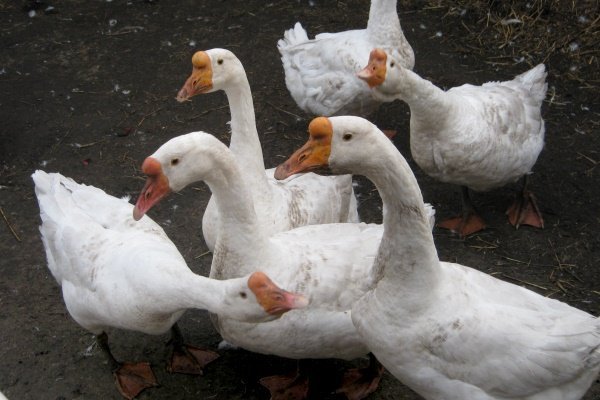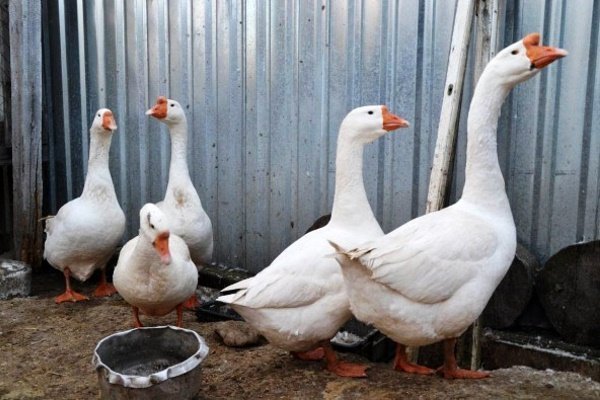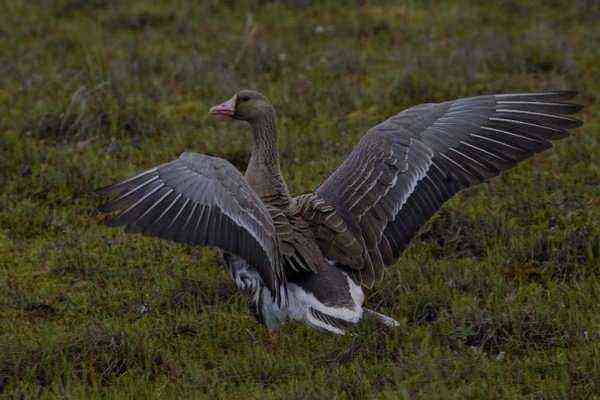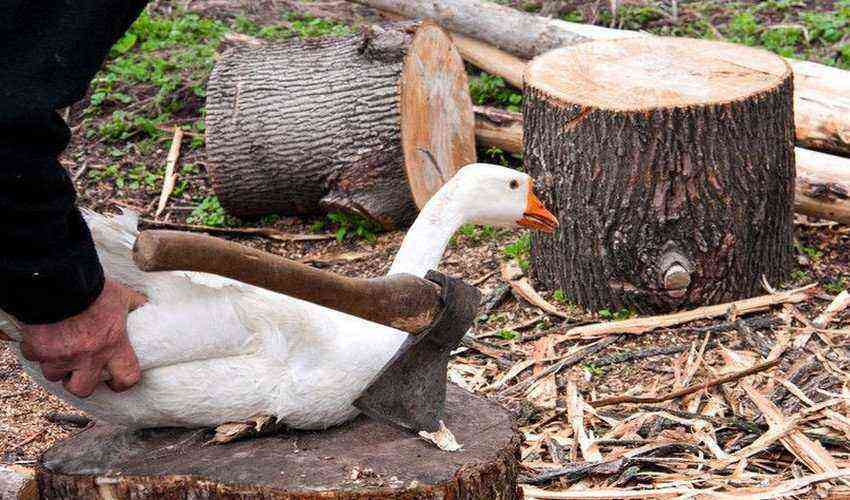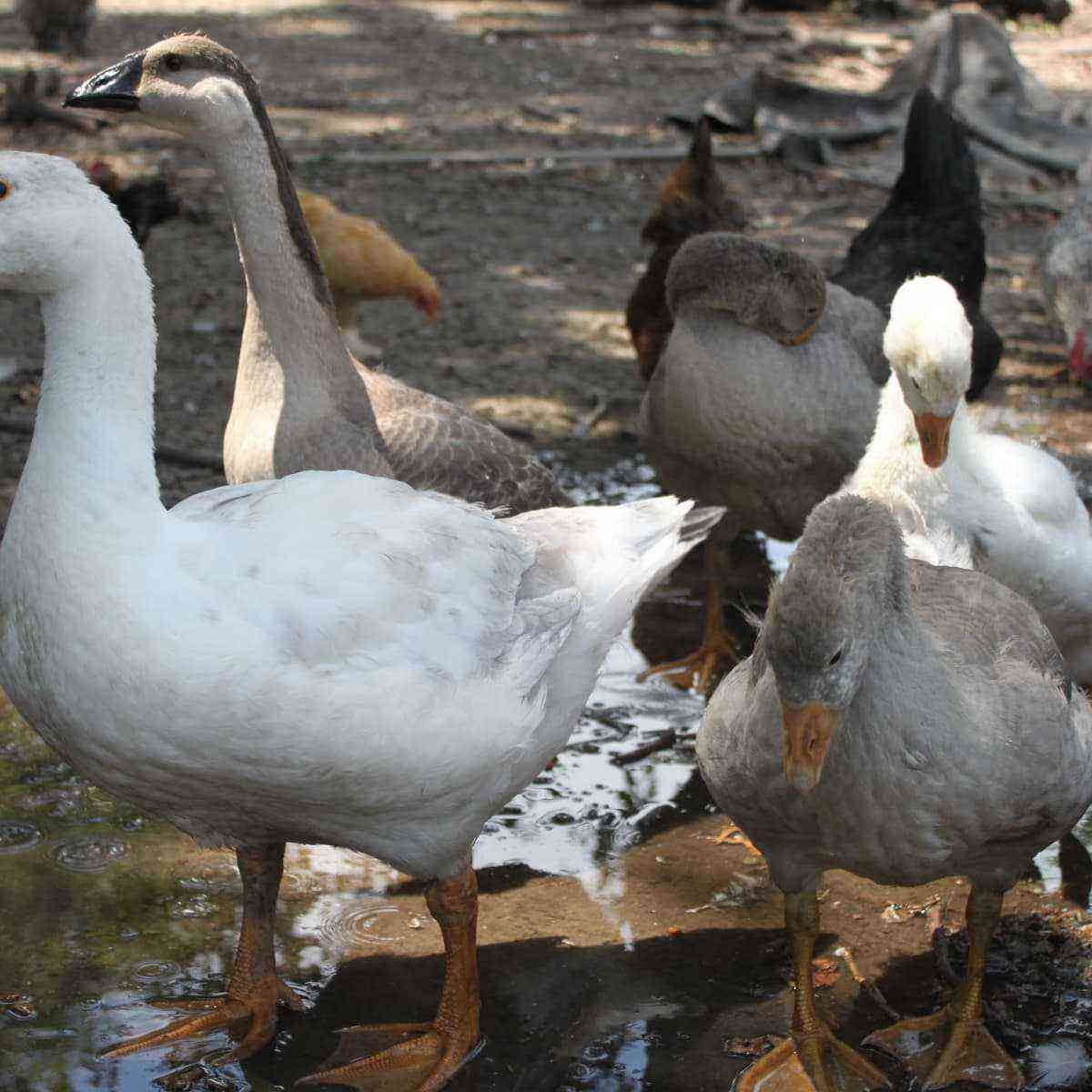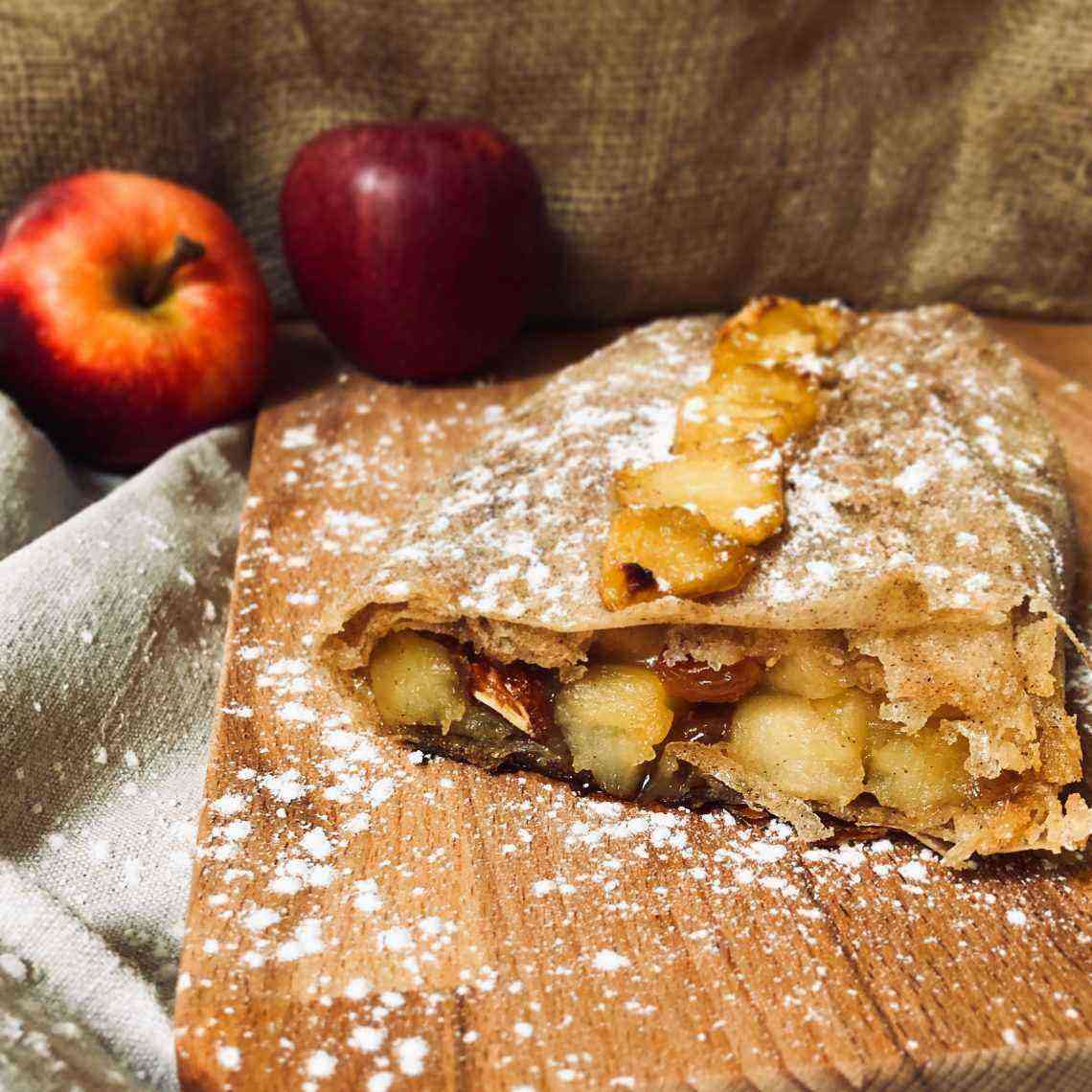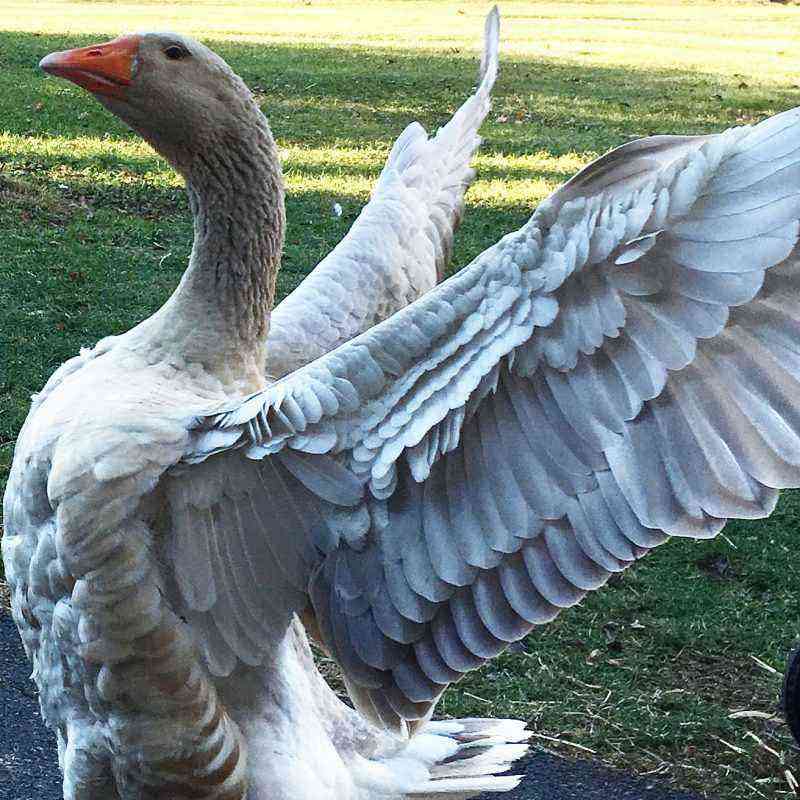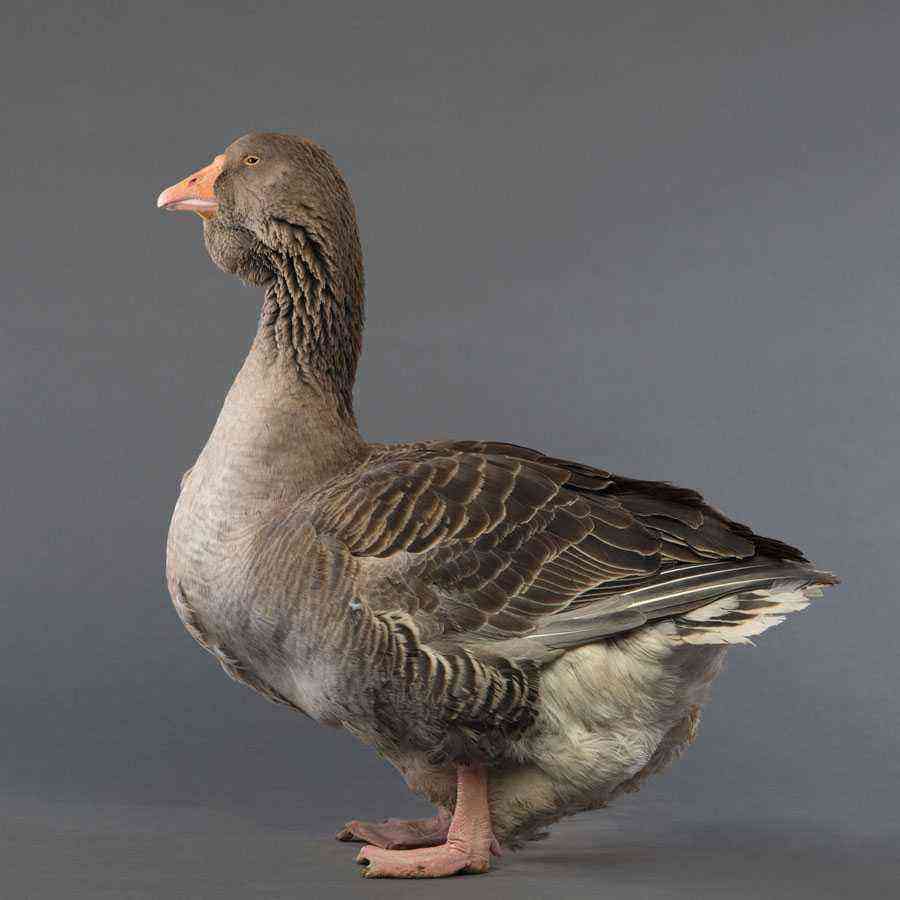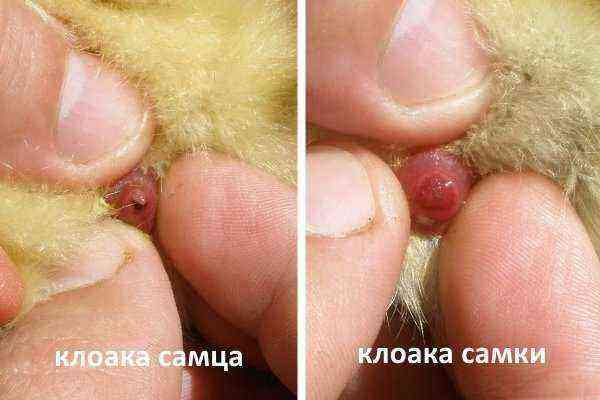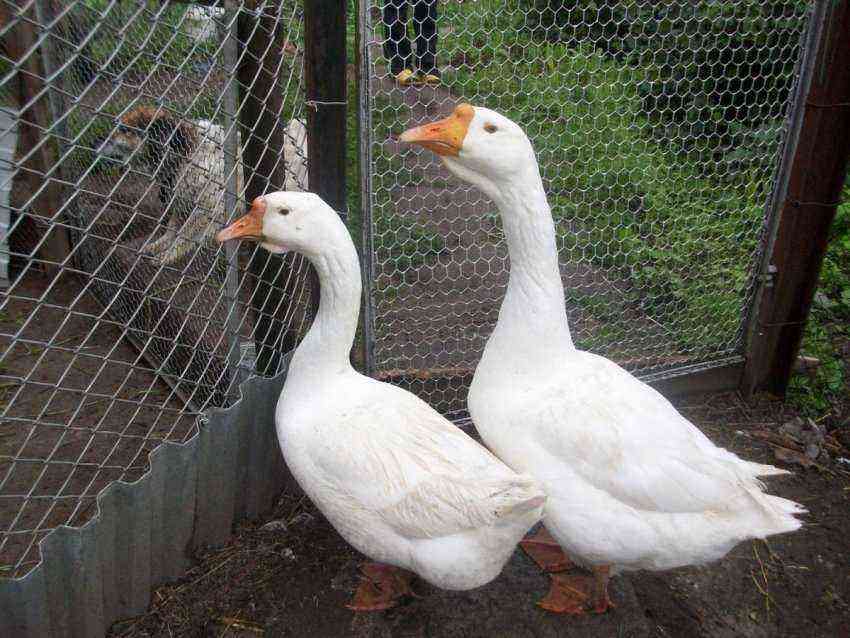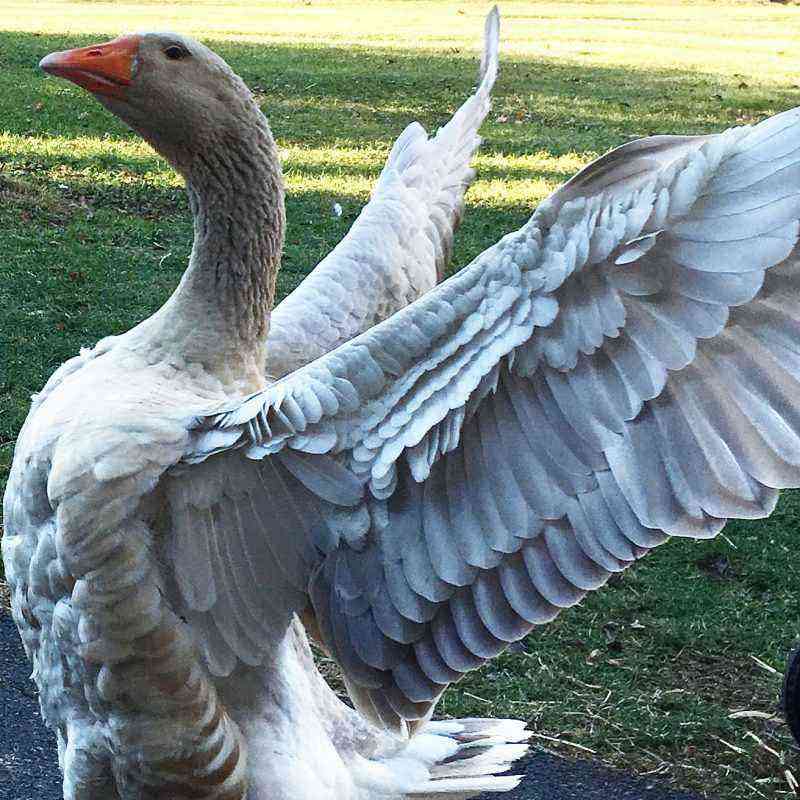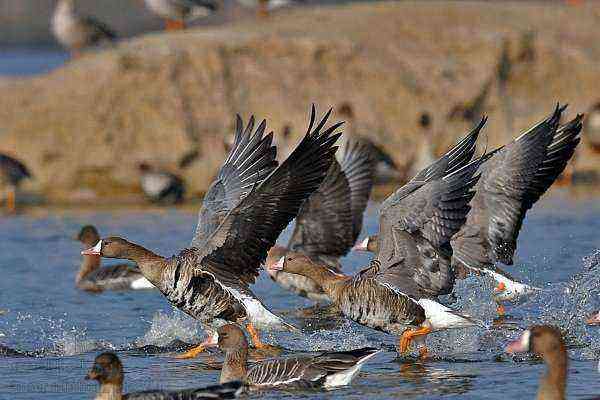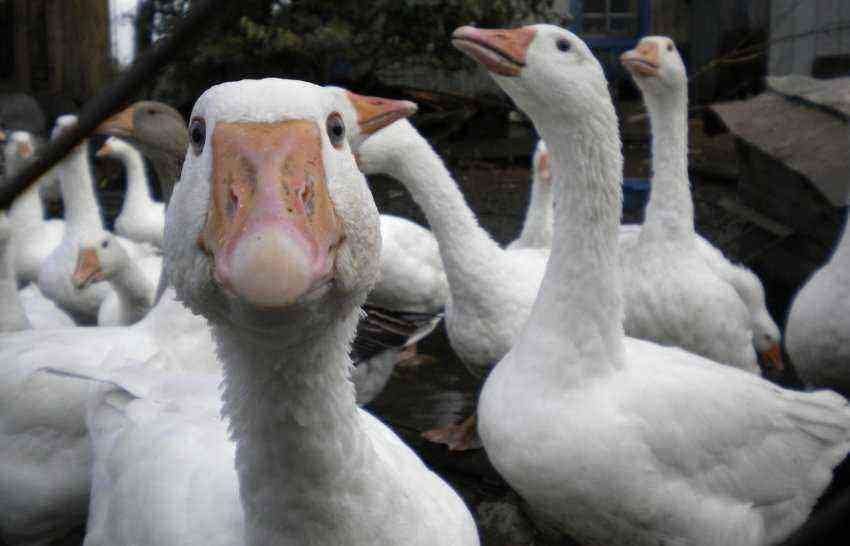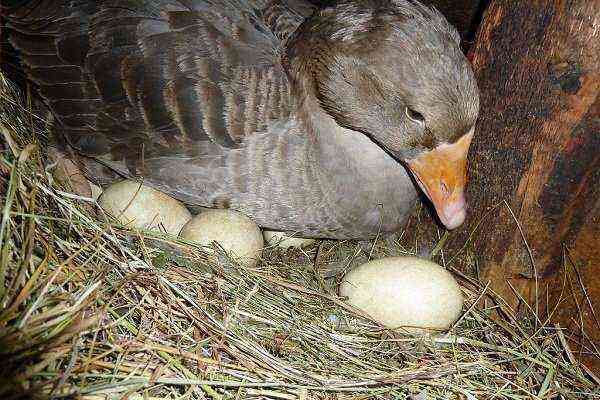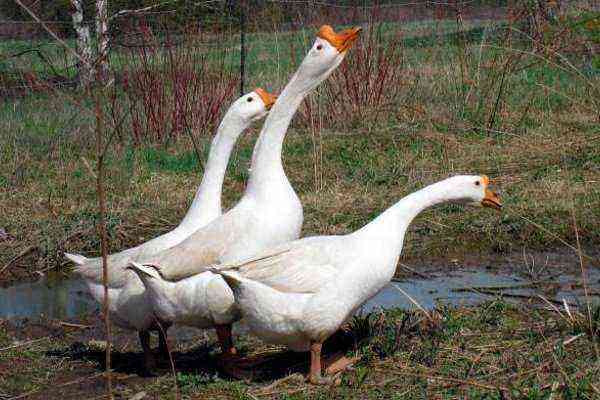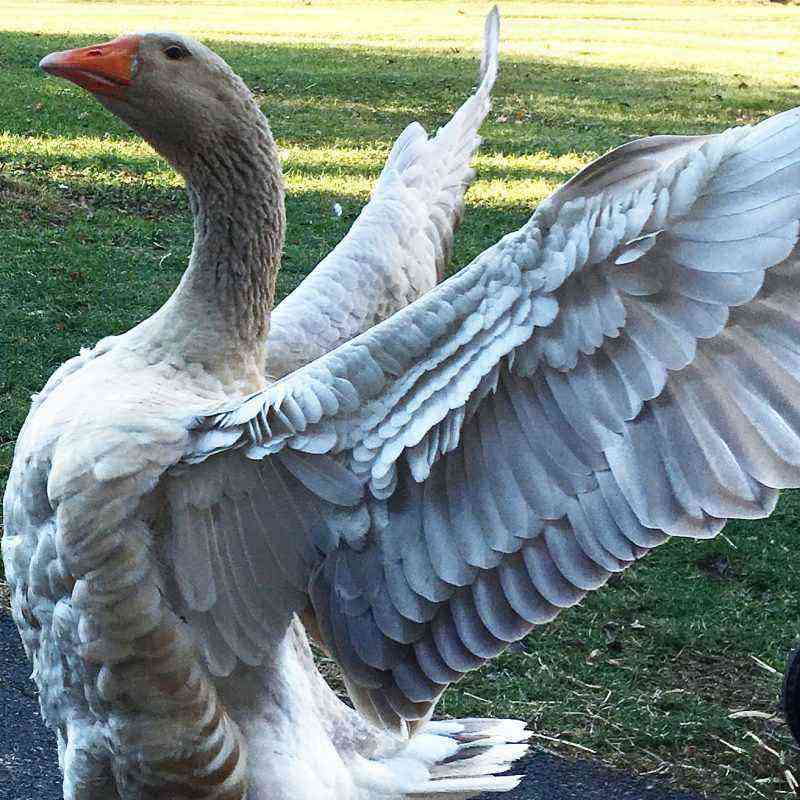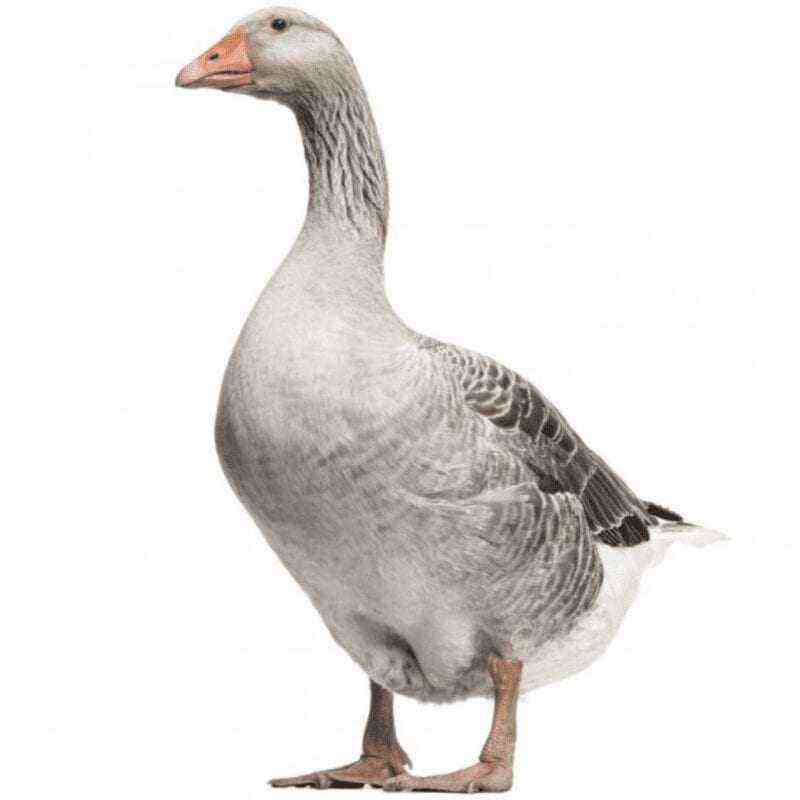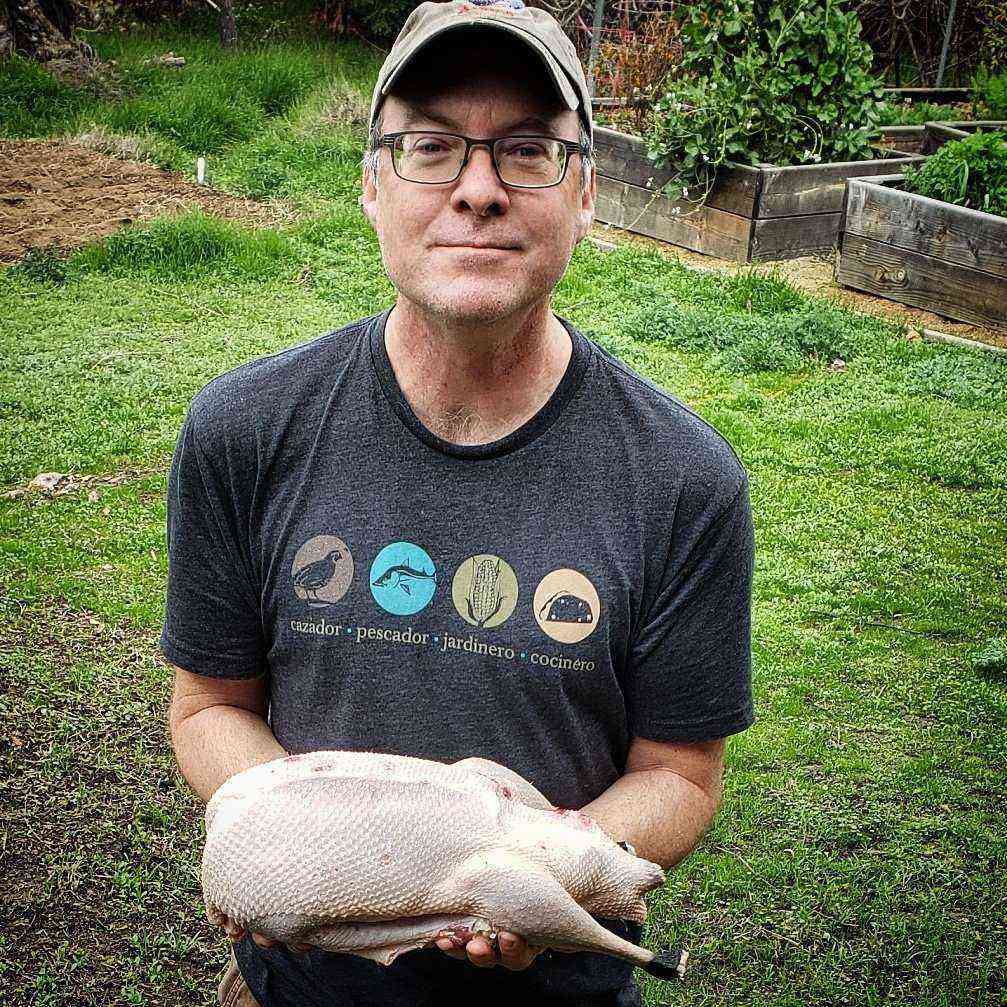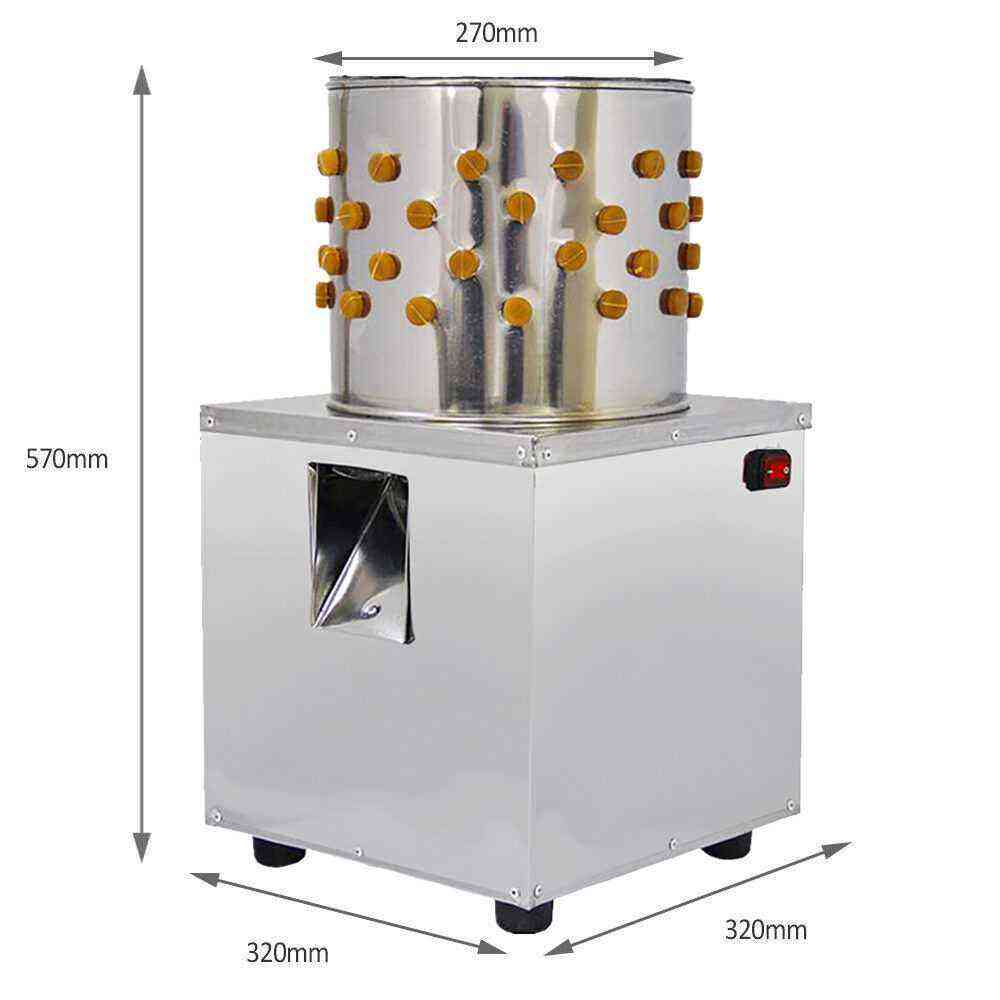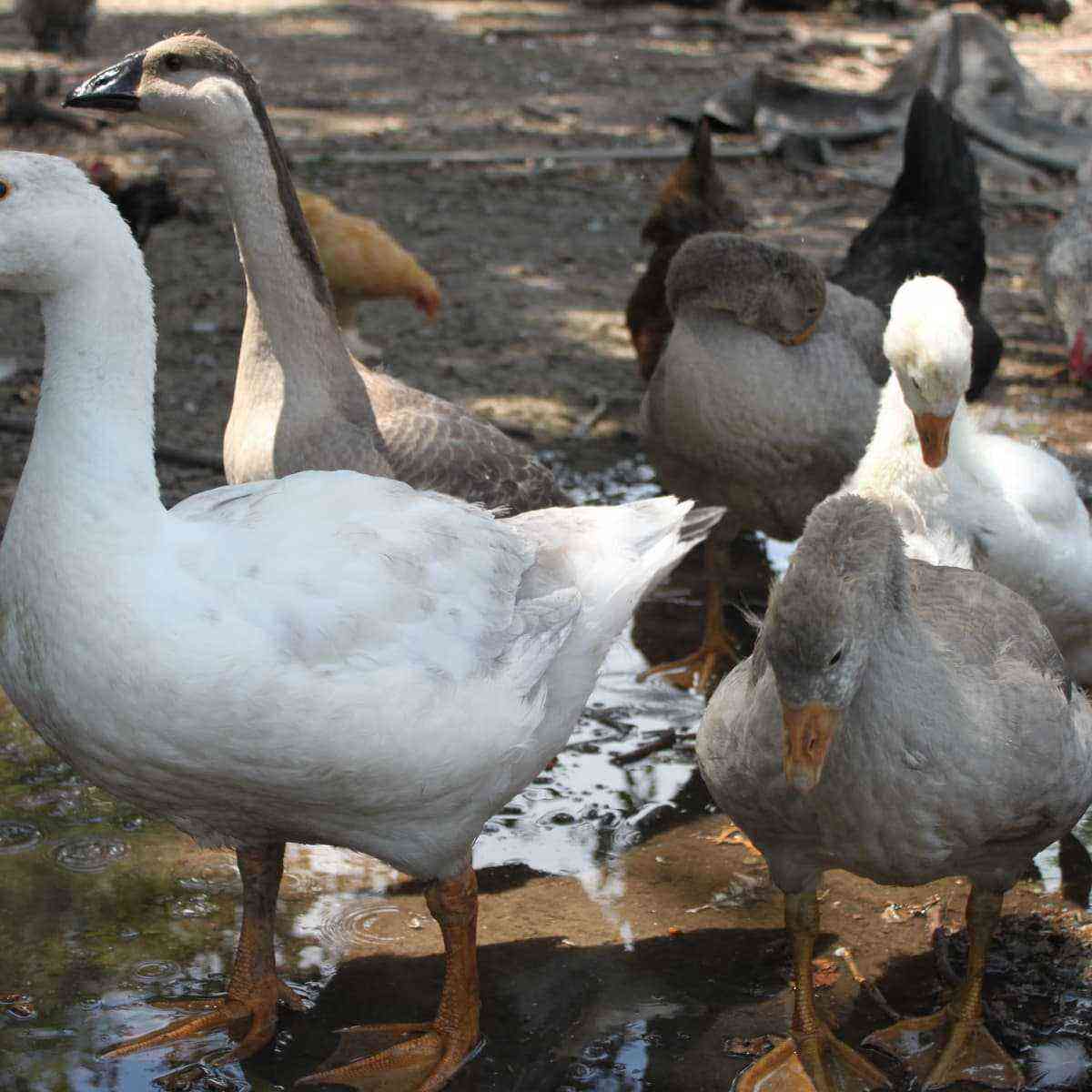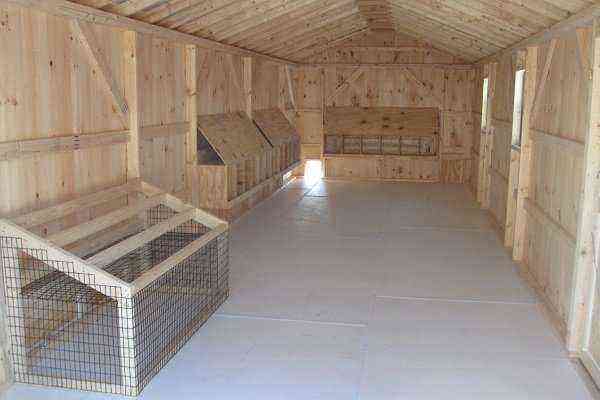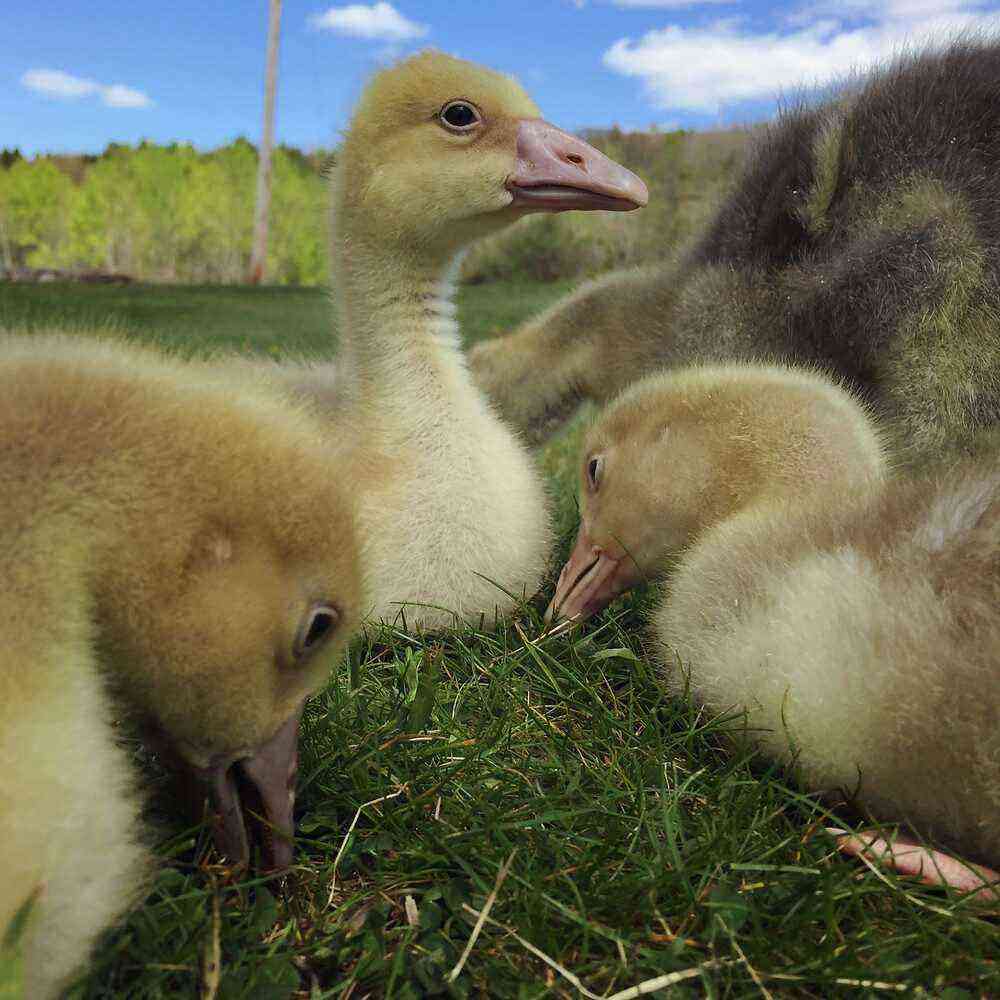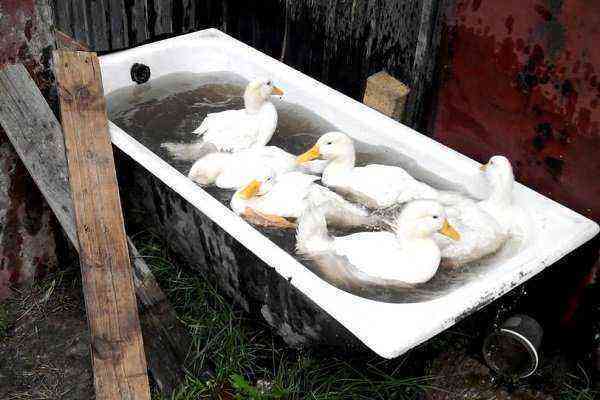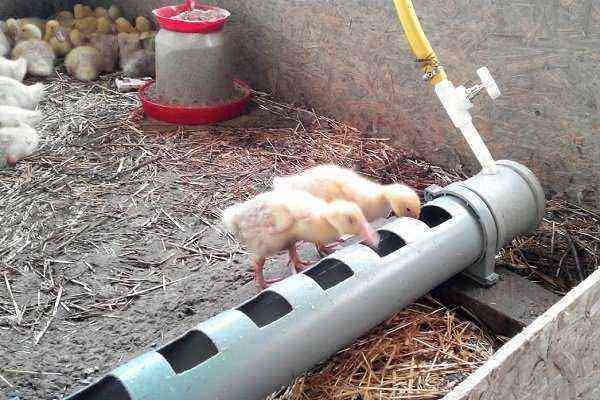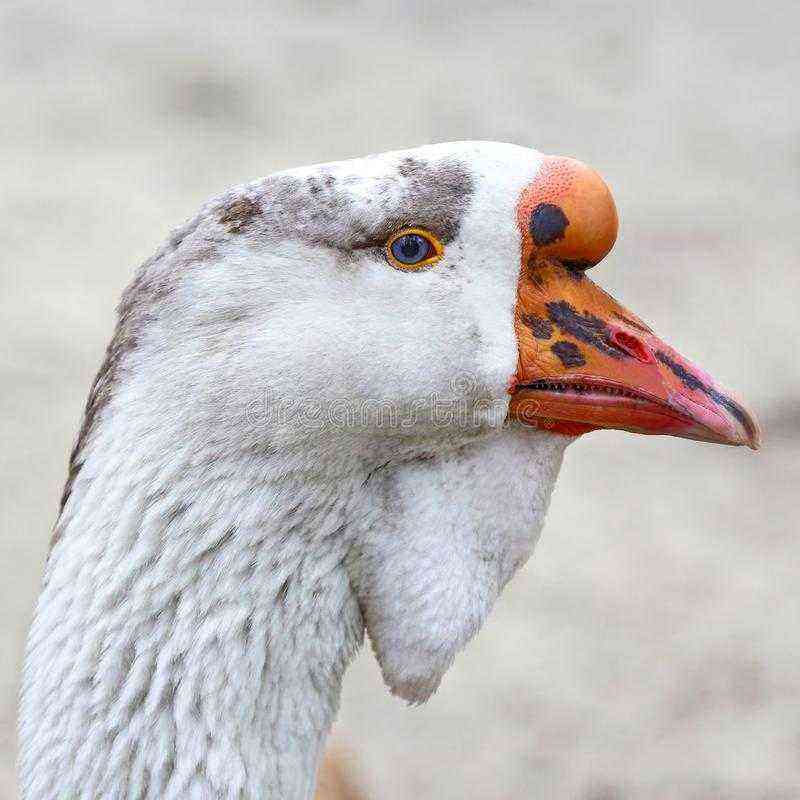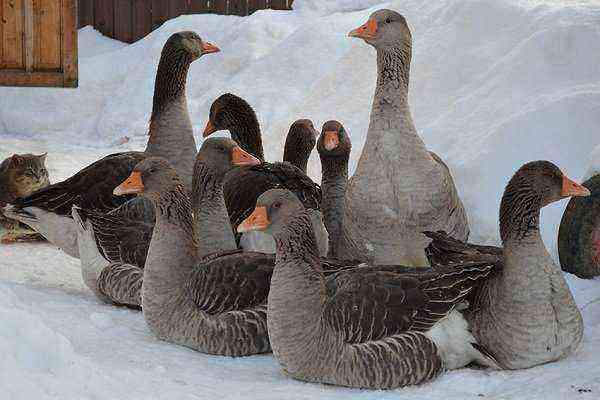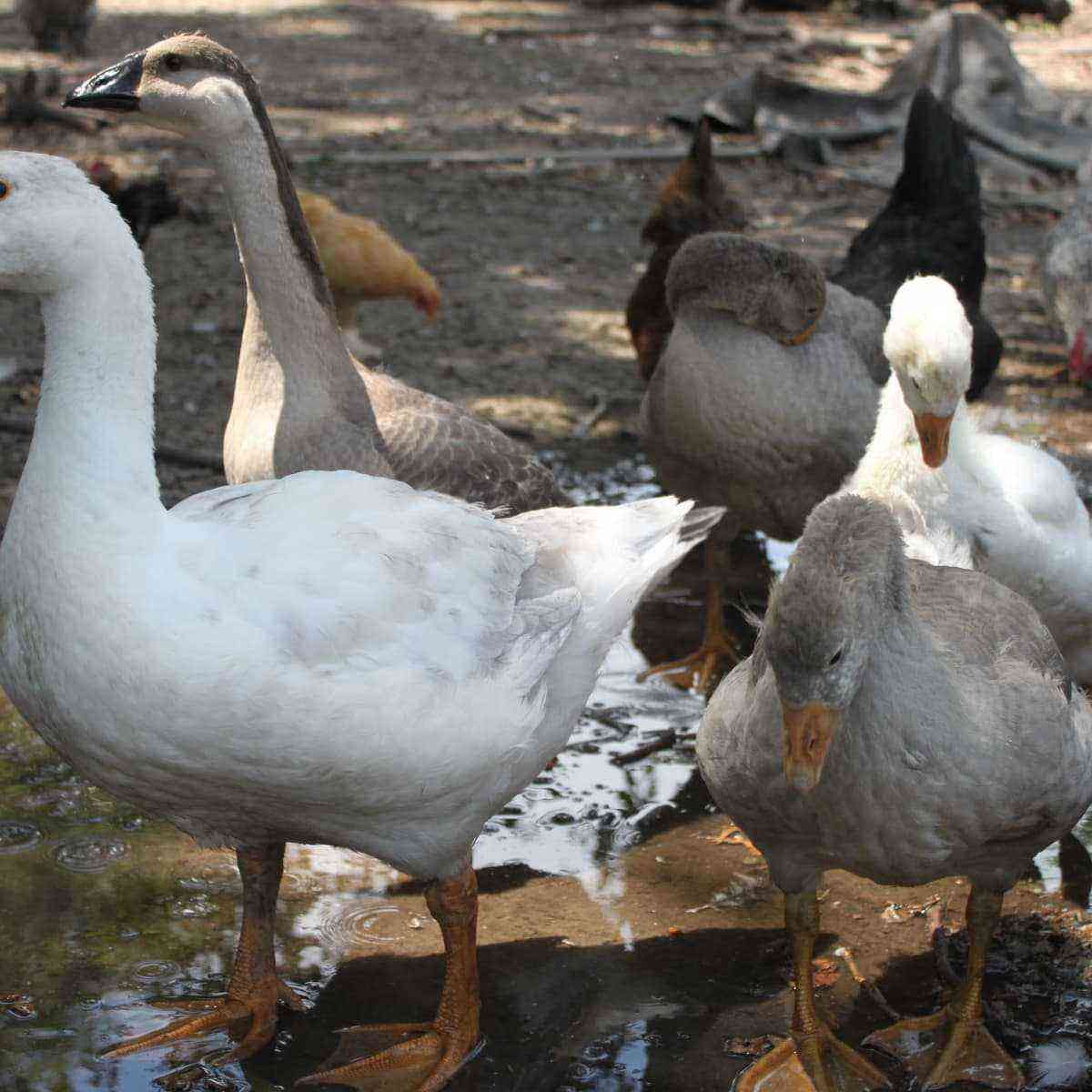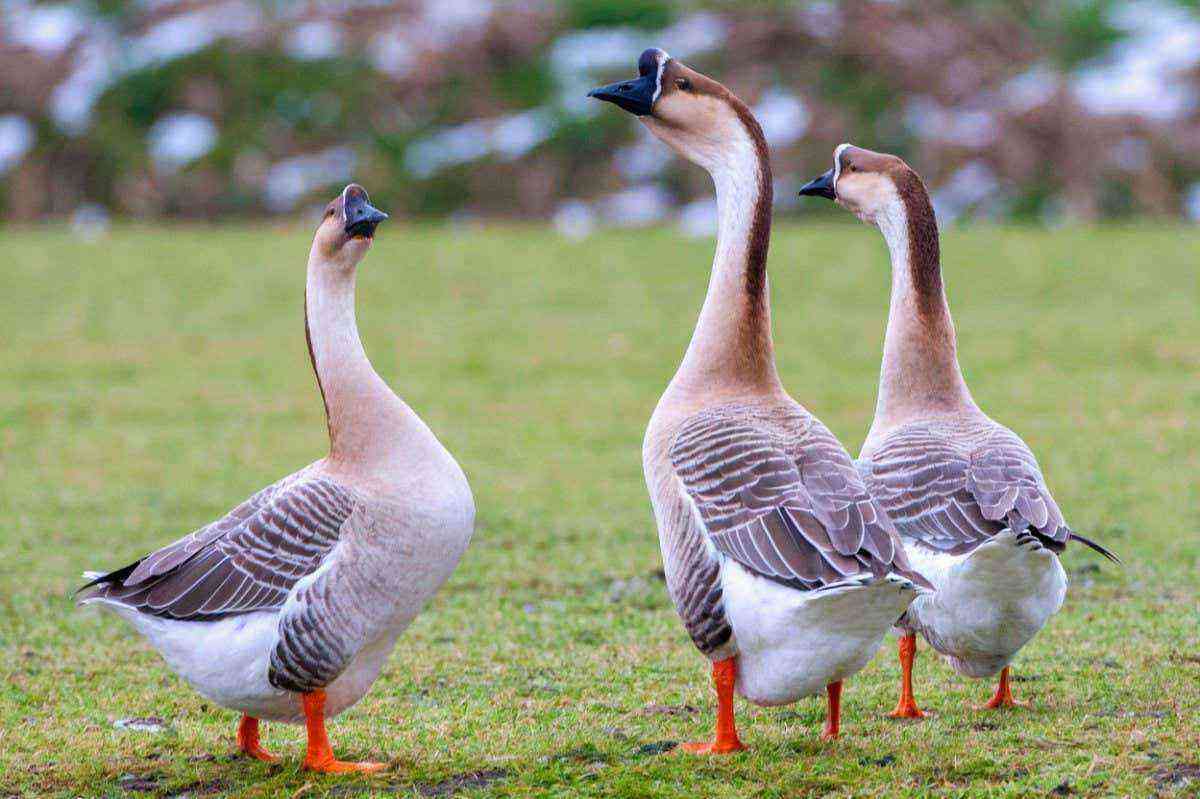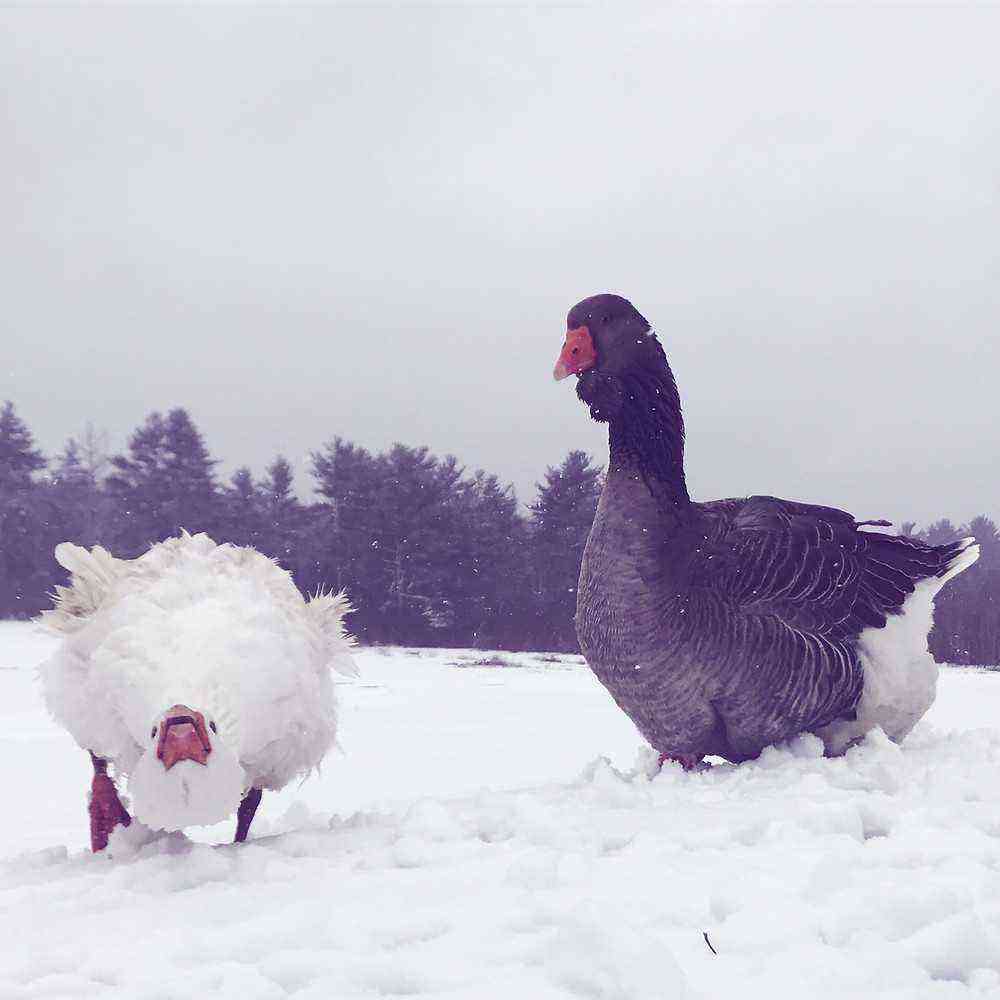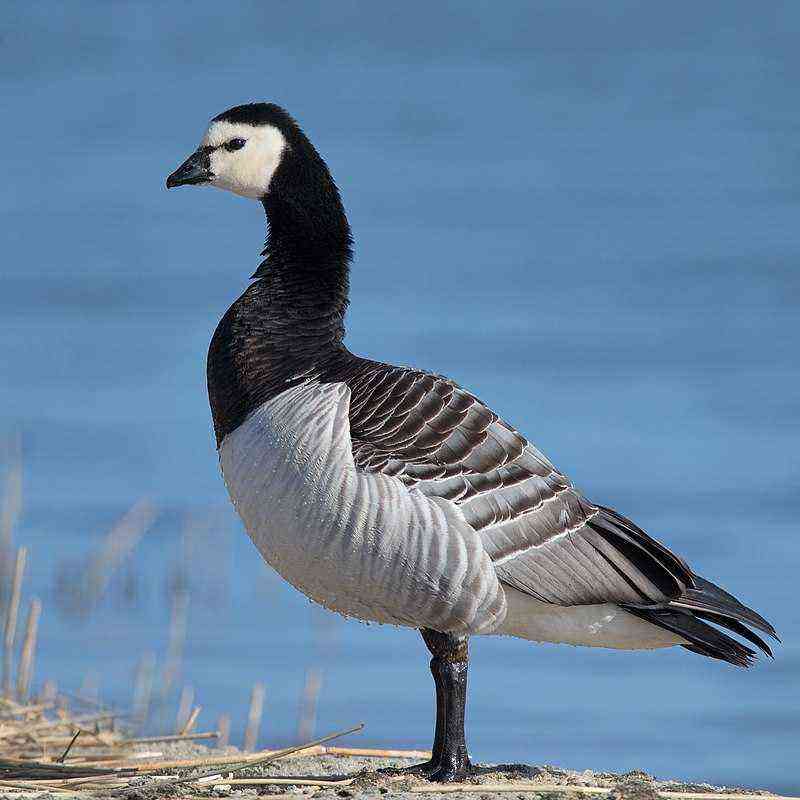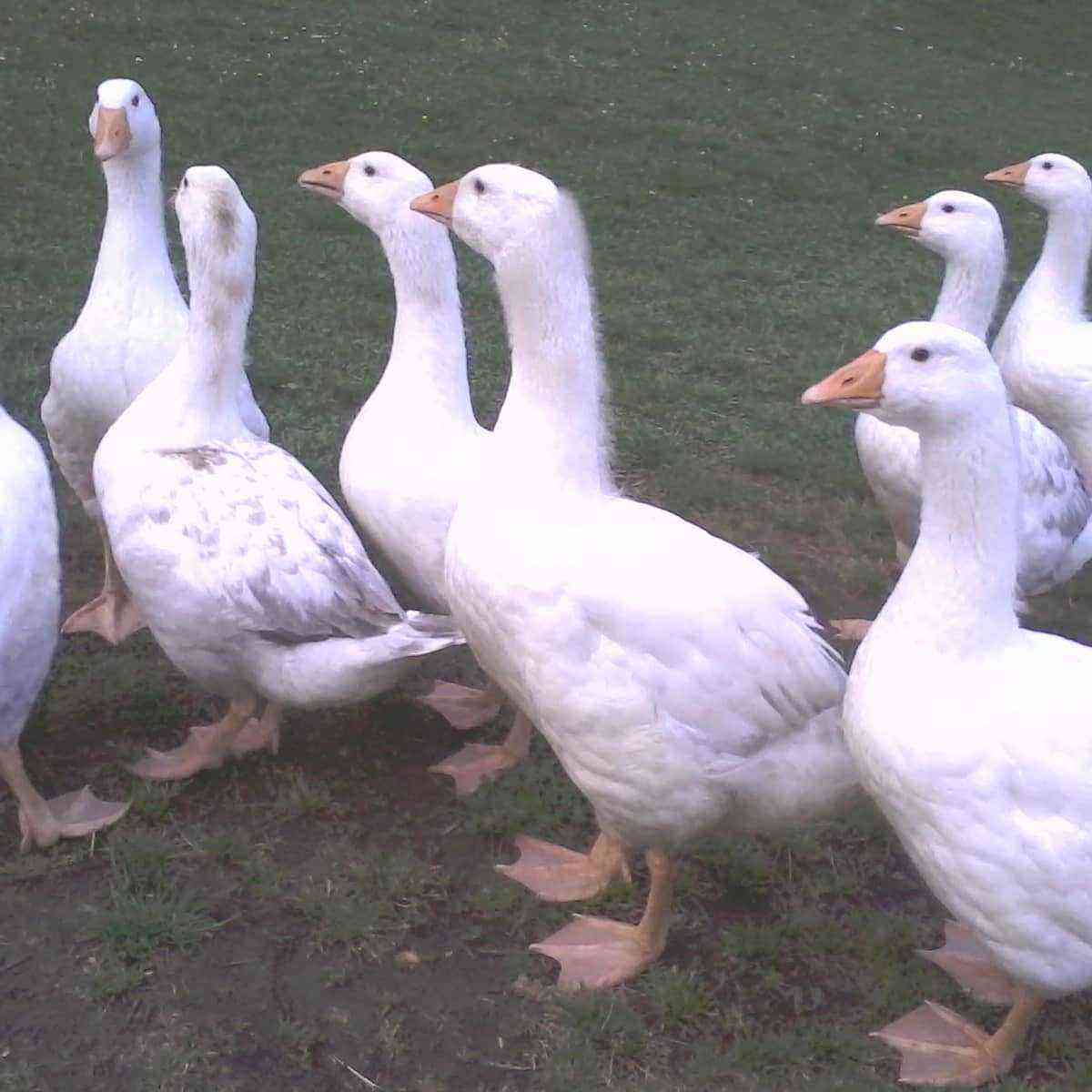The breed of geese Linda attracts every poultry farmer, birds have a lot of positive qualities. Goose products are dietary, quickly digestible, bird liver is rich in vitamins, and also has a spicy taste. In the best scenario, the goose produces 100 eggs per year.
The origin of the Lindovskaya (Gorky) breed
Homeland – Nizhny Novgorod region. Breeders sought to create profitable and resistant to different conditions of birds. As a parent, scientists decided to take Chinese geese, they crossed them with Solnechnogorsk, Adler and Arzamas breeds. This mixing of blood helped improve Linda’s precocity and increase her stamina.
However, after long crossings, the quality of the down was not high, and the mass was gained for a very long time. Breeders decided to combine the resulting individual with Lander geese. The resulting bird met all the wishes of scientists, so no further work was carried out.
The breed standard was approved in 1994.
Among the people, birds are often called the Gorky breed, they very quickly took a leading position among poultry farmers. Approximately 60% of breeders prefer her. Linda is also in demand in Hungary, France and Germany.
Breed description
The main distinguishing characteristics among other breeds of geese are quick weight gain, decorative appearance and large dimensions.
Lindowskie geese have white plumage without any inclusions.
The Linda gander necessarily has a large bump on its forehead. By 7 months she should already be
Geese of the Lindovskaya breed have a long neck. Geese also have a small bump on their forehead.
Appearance
Gorky birds have an exceptional appearance. They belong to meat-oriented birds, therefore they are characterized by the corresponding dimensions.
The main signs of Lind’s geese:
- the head is in proportion to the body, strong and large;
- the beak is red, large, strong, a bump is formed at the junction with the head;
- dark eyes, small;
- the neck is large and long;
- the body is massive;
- the back is large;
- the tail is small;
- paws are large, set wide;
- dark orange skin;
- the plumage is white, gray spots are allowed;
- thick fluff;
- the weight of the female is 7 kg, the male is 8 kg.
Temperament
From their ancestors, Linda’s geese can boast of a wonderful peaceful disposition. They are very sociable, kind, get along with other breeds of geese and birds. They differ in activity, mobility and curiosity.
Individuals of this cross do not mind running, making noise and flying. Males fight very rarely, but they can fight other birds if someone offends their females. Birds show friendliness not only to other birds, but also to people.
hatching instinct
Maternal instinct is not characteristic of females. Birds either do not sit on eggs at all, or leave them after a short time. But some poultry farmers claim the opposite – Linda’s geese are excellent mother hens and wonderful mothers. Scientists have not been able to understand why some say one thing, while others say the opposite. In any case, it is better to use an incubator.
Linda’s geese boast excellent genetics, so the survival rate of young animals reaches 90%.
Weight indicators
Males weigh about 8 kg, but some representatives of the Linda breed can reach 11 kg, it all depends on the care of the birds. Adult females weigh a little less, about 7 kg. As for the taste characteristics of meat, bird carcasses have a small uniform layer of fat, protein in the product is about 20%, fat – 6%.
At the age of 3 months, goslings gain about 50% of their mass.
Productivity and egg production
Puberty occurs earlier than egg production. At the age of 8 months, the birds are already sexually mature, but they begin to lay eggs at 9-12 months. In the first year, the female lays about 50 eggs, the number of eggs increases every year. At the beginning of productivity, the weight of one egg reaches 0,1 kg, then it increases to 0,16 kg. Egg production is not year-round, but seasonal – from February to early July.
Watch the video review of the Lindovskaya breed of geese:
Advantages and disadvantages
The Linda breed, like other birds, has a number of pros and cons, they must be taken into account when breeding birds.
Pros:
- Cold hardiness and endurance. Breeding individuals of this breed can be in any region, birds can withstand both too cold and hot days.
- Rapid weight gain. With a good content, an individual reaches 5 kg by 7 months, by the year this figure increases to 11 kg. You can expect maximum weight, but the most delicious meat is obtained from a carcass weighing 6 kg.
- High egg production. With quality care, laying hens bring 1 egg per day, respectively, they are egg-bearing for the entire productive period.
- They do not have genetic diseases, so the survival rate of young animals is approximately 90%.
- Friendly disposition. The birds are not conflicting, they get along well with other birds, they can be settled in a common room.
- High profitability. The payback of these poultry exceeds 100%, all due to the low degree of food and energy consumption.
- Quality goose liver. When drawing up a certain diet, the liver of birds is suitable for cooking foie gras.
Cons:
- Difficulty in breeding in the absence of access to water. In the absence of a reservoir, it is possible to grow livestock, but the value of the geese product will become much less.
- The possibility of getting sick with hymenolepitosis goslings. For prevention, algae can be mixed into food.
- susceptibility to beriberi. Lindovskaya breed in early spring often suffers from a lack of useful vitamins. To avoid this, it is necessary to add nutritional complexes to food, as well as fresh grass.
- Too loud behavior. Geese very lively communicate with each other, their noise is heard throughout the area.
Conditions of maintenance and cultivation
In order for meat products to be of high quality, it is necessary to adhere to the basic rules for keeping birds. The room should be spacious – at least 1 sq. m per 1 individual.
It has containers for food and water. Nests are also needed, they are determined on the basis of: 1 nest for 4 birds. The temperature in the room should vary within +10 degrees Celsius. This breed quickly adapts to frost, so the temperature regime at this level will not adversely affect the birds.
An important role is played by the flooring, it is made from bedding, which is used as straw, peat. Lined with a layer of 0,05-0,1 m. The length of daylight hours for a good goose oviposition is at least 12 hours. Representatives of the Linda breed need a large area for walking, in the summer they can even spend the night on the street.
Feeding
A competent diet is the basis for the full development of birds. The Linda geese menu differs not only depending on the age of the birds, but also taking into account the seasons of the year.
adults
In summer, when geese walk on the grass, they can feast on the food that lies under their feet. In the evening, they can be fed mixed feed (0,15 kg per bird). If the birds do not have the opportunity to get their own food on their own or they cannot reach the reservoir, then fish or bone meal is added to the diet. Be sure to have containers with chalk and shells.
In winter, the menu consists of grains, grated vegetables, boiled table peels and greens. Birds must have access to fresh water. In winter, birds drink little, snow is used as water, but drinkers should still be filled.
young growth
At first, the menu of young animals consists of crushed yolks, diluted with boiled water. On the 5th day, such food is replaced with cottage cheese and finely chopped grass is added. Chicks respond well to bread. Despite the usefulness of greenery, geese do not tolerate it very well, so you do not need to overdo it with herbs.
At the age of 10 days, the young eat corn porridge and boiled potatoes. At 3 weeks, the menu is supplemented with chopped vegetables and root crops. Then you can use the food that grows under the feet of the birds. An unexpected change in the diet of birds can lead to obesity or malnutrition. New “dishes” should not be introduced immediately. Their number should not exceed 15% of all food.
More about feeding goslings from the first days of life is described in this article.
Care
Caring for geese is to create the right conditions for keeping. First of all, it is a warm and windless poultry house, the second is the presence of a reservoir. It is also necessary to monitor the quality and quantity of feed.
Breeding
Geese consume a large amount of feed, so they need to be slaughtered when the weight of the bird reaches 5 kg. Only those who are valuable for further reproduction should be left.
Despite such a high cost for breeding birds, Linda is highly profitable, about 80% of meat can be obtained from one carcass.
The breeding process is carried out from the last week of February to the beginning of summer. At this time, the female can bring 1 egg per day. Eggs are collected and stored at a temperature of +5 degrees (maximum can reach +12 degrees Celsius). During storage, the eggs are turned over once a day.
The first 2 eggs are unfertilized, but they are not removed from the nest so that the female does not leave it.
Growing goslings
Newborn young animals are left next to the “mommy” until completely dry. After that, the chicks are taken away, the umbilical cord is cauterized with iodine and sent to another separate poultry house with a temperature of at least +27 degrees. Young animals need round-the-clock coverage for 10 days. Then the amount of light is reduced to 16 hours, by the 3rd month – up to 14 hours.
Birds up to 1,5 months old cannot be released outside, they are kept in a fenced room, where there is a bathing trough. Chicks are brought to an open reservoir only at the age of over 50 days. This mode is important for the prevention of salmonella.
Almost up to 2 months, the young are very shy, you can’t make loud sounds next to it. You need to communicate with the kids very politely and affectionately.
The breeder talks about mistakes in goose breeding in the following video:
What do Linda’s geese get sick with?
Feathers get sick in the same way as other breeds of geese. Diseases are especially terrible if they are improperly maintained. The main preventive measures: regular cleaning of the premises, vaccination, proper placement of individuals in the house.
Before settling the goslings, the room is well treated and disinfected. The bedding is changing, the walls and ceiling are being whitewashed. On the second day after birth, goslings are fed with a weak solution of potassium permanganate and glucose. This procedure helps to improve the immunity of young animals.
On the 1st week of life, goslings are vaccinated against viral enteritis. So that the chicks do not get sick with salmonellosis, they are fed every 3 months with tilan products.
If a goose disease occurs in an individual, it is transferred to a separate room, mandatory treatment is carried out in the poultry house to prevent further development of the disease.
Reviews
Ivan, 44 years old, programmer, Omsk. I have never kept geese, but I heard a lot about the Lindovskaya breed. One friend had such a goose, she laid 18 eggs, sat on them and hatched the young. Another had only two such females, they brought about 50 pieces, but did not begin to incubate. In general, with maternal instinct, I don’t really understand these birds, some say that Linda’s geese are excellent mothers, others say the opposite. Probably, until you try to breed and maintain them yourself, you will never know. Valentina, 32 years old, actress, Moscow. Mom breeds this breed of geese, says that she doesn’t really need walking. After all, the most delicious meat is obtained with a carcass weight of 5-6 kg, and with a long walk, it quickly recovers.
The possibility of breeding, excellent productivity, the absence of special requirements for maintenance and nutrition, undoubtedly make birds one of the best representatives of geese. Both experienced and novice poultry breeders will be able to care for them.
